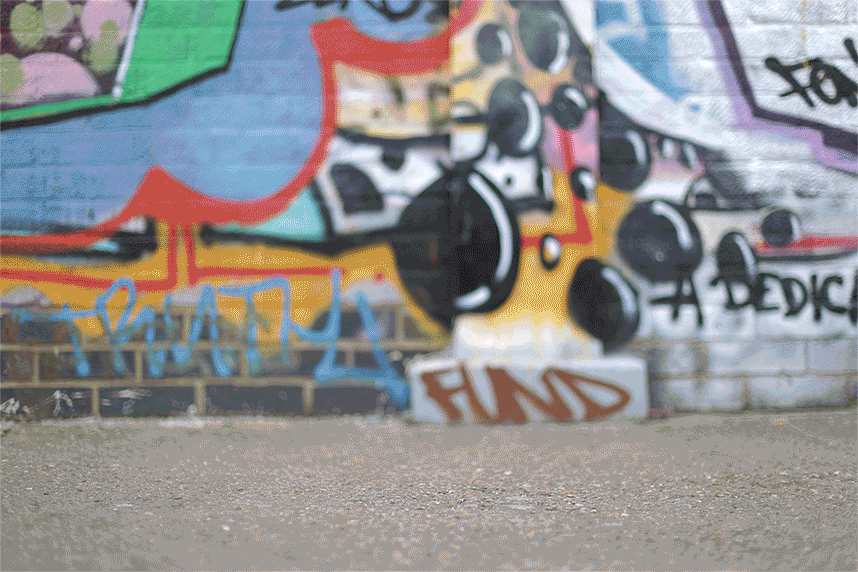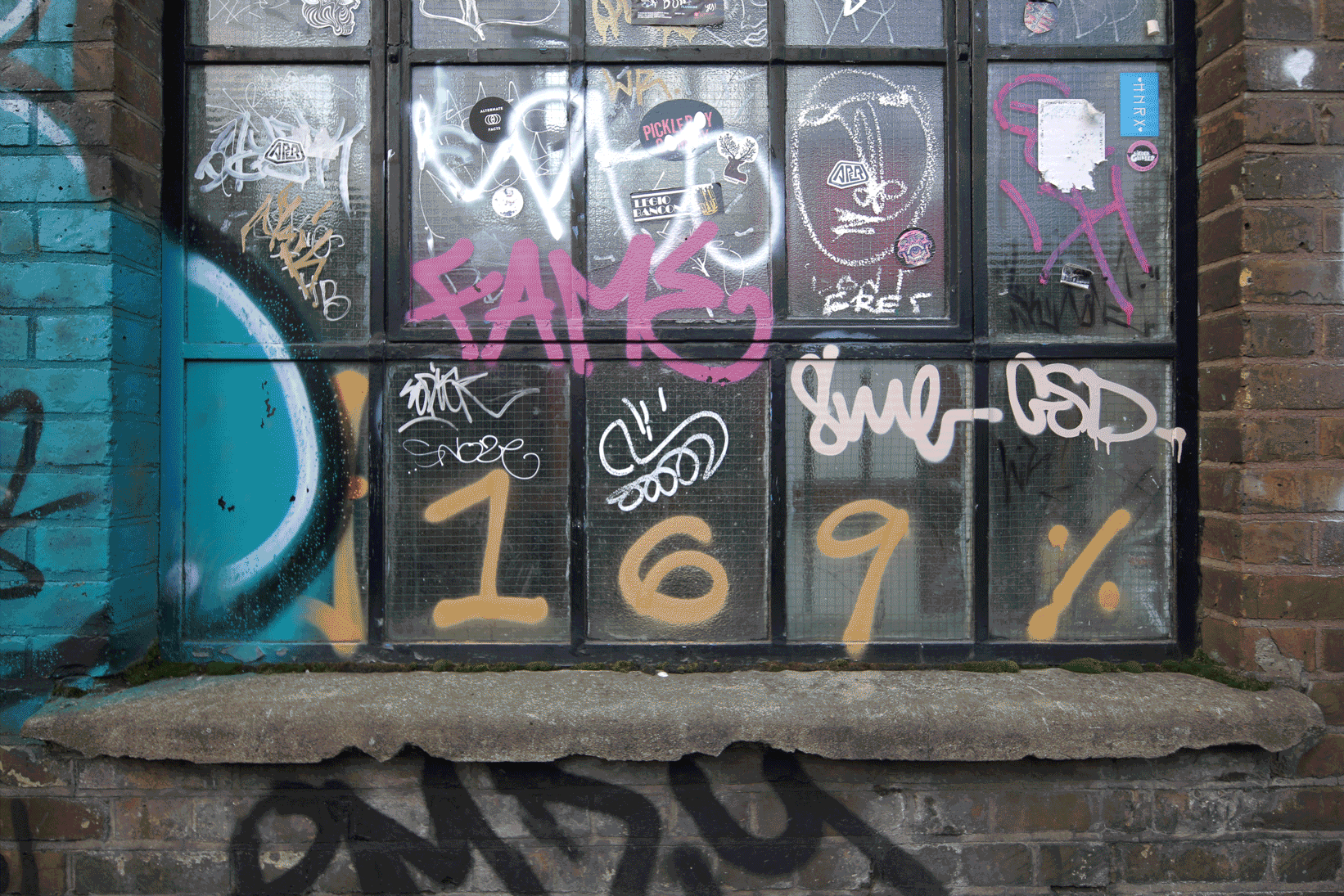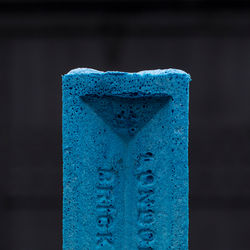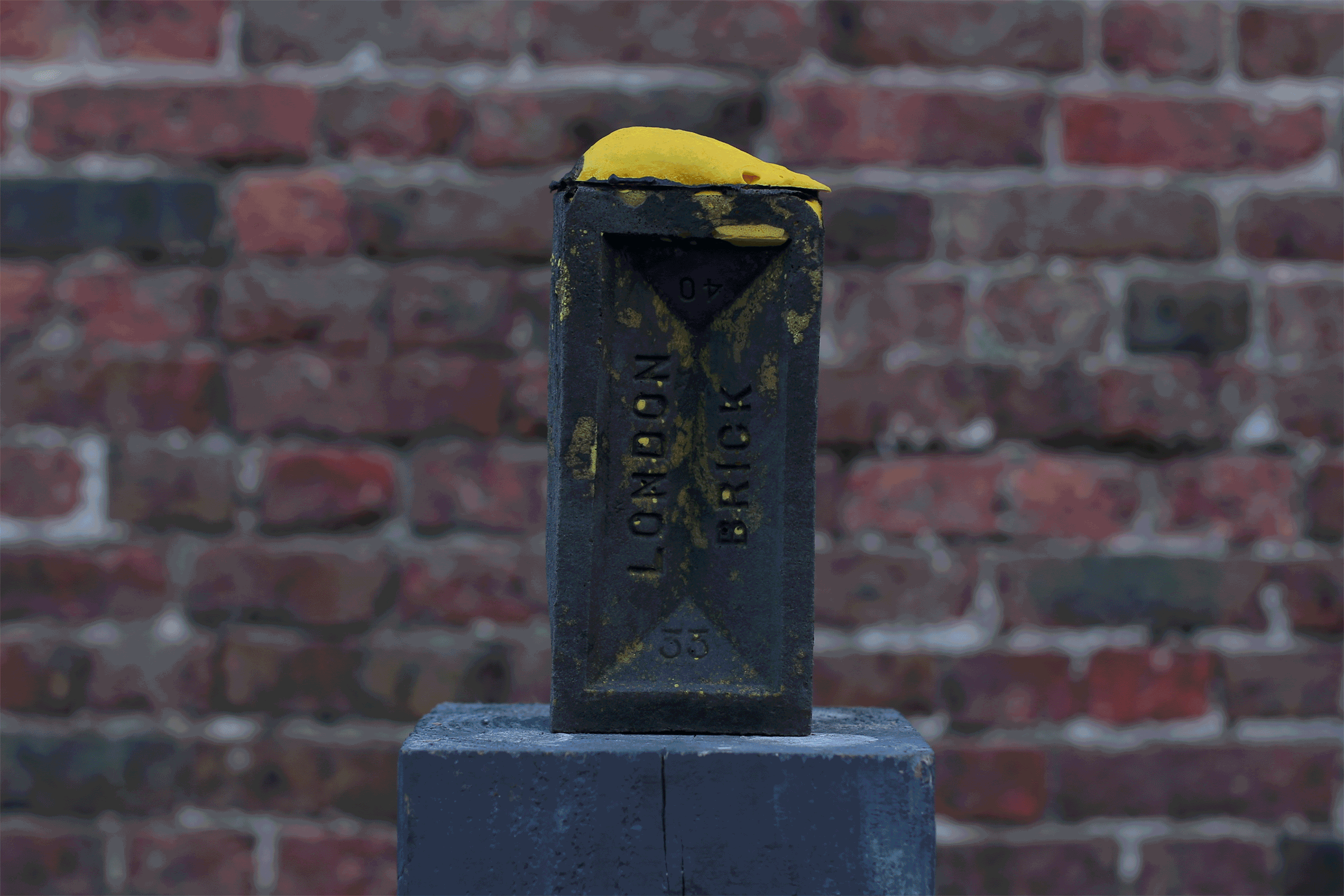 |  |  |
|---|---|---|
 |  |  |
 |  |  |
 |  |  |
 |
the london brick series
Design // Boano Prišmontas + Ricardas Blazukas
Exceptional estate investments have brightened London’s last two decades. Like the dust of a comet tail, shiny developments sparkled rapidly across the city and sedimented in a constellation of new buildings.
Their market-driven conception has resulted in “likable” (desirable) dwellings we may own one day. The market produced a new and soft aesthetic, capable of smoothing out every contrast of London’s diverse streetscape. Our eyes have been soaked in sugar. Our desires have been caressed and comforted. No trauma for the buyers, please.
The uniformity and dullness of new London developments have resulted in ‘cookie-cutter’ buildings; a multitude of reassuring brick fabrics, or as Sir Peter Cook calls it: creations of the "biscuit boys” generation.
The new vernacular style has been great for developers, efficient for designers, and advantageous for product sellers. The system worked, and in a way we all liked it - reluctantly we still do. Bricks married the traditional with a touch of modern trendiness, a blunder of contemporaneity that made us feel so special and ‘cool’. New, but not too much: a sterile aesthetic that anesthetized and coated our palate with a benevolent, unaffordable calmness.
Bricks are beautiful. They represent London architecture and its history. Unfortunately they have now become a trademark product for standardized buildings. The ‘new vernacular’ is very much a product of a crumbling neoliberalist Britain. Vibrant areas, such as Shoreditch and Dalston, have been the showcase of these transformations. Shoreditch itself became a thing, an adjective, a keyword and a product to sell.
#Shoreditch is a pendant light, an exposed brick wall, and solid wood flooring with an extra touch of concrete roughness. And maybe a cactus pot plant for good measure.
However in London brick walls were a canvas for graffitis and artistic explorations, for rebellion and non-conformity. Bricks transformed under the thin layer of acrylic paint, altered by vivid colours and plastic-like qualities.
Our artistic exploration celebrates this feature and pushes the alteration of the brick one step further. Our altered bricks absorbed the colours and transformed their materiality.
The artistic research
The London Brick series project was initially conceived as part of “Aidah”- an architectural installation built for Dubai Design Week 2017 in collaboration with Kuwait-based artist Ricardas Blazukas. We worked closely with the artist to reinterpret, twist and transform the iconic London Brick using different materials and manufacturing processes.
Our research focused on disrupting the material qualities of the brick, investigating and experimenting with their porosity, elegance, brightness, vividness, elasticity, and colour, among others. We aimed to transcend the architectural and physical properties of the real brick in order to express its sculptural qualities.
The idea of making a “series” comes from the premise that bricks are not meant to be stand-alone objects. Like atoms, like cells, like archetypes, they are repeated and joined together until they transform into something else, a new object of a bigger scale. Our research wanted to celebrate this generative and replicable quality, but at the same time give each brick the status of an art piece. The use of chemical materials, such as foam and resin, concurred to alter and deceive the user's expectations. Some bricks look like the real thing but they are actually very light squeezable objects. They are sculptures in disguise.
The brick production was another interesting and challenging aspect of this research. We expressly crafted the bricks as if testing a recipe, adding chemical ingredients and tweaking different processes and techniques. We didn’t know what to expect and we believe this level of uncertainty added spontaneity and honesty to the whole process. Armed only with curiosity and enthusiasm, we ended up formulating a method, fixing the process, and generating a new kind of brick.
The journey started with playing, testing and experimenting. Then bricks became sculptures, and finally they returned to replicable objects, but with an altered use.
No longer a brick, not yet a product, but still a design piece - sculptures in disguise.